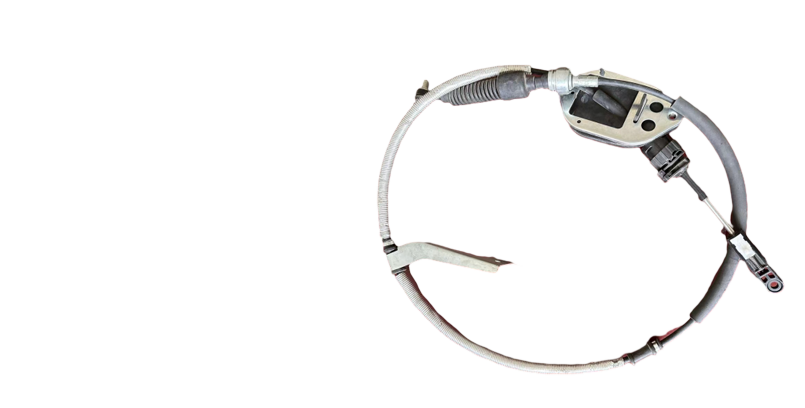derailleur gear cable
Understanding Derailleur Gear Cables The Unsung Hero of Bicycle Performance
When it comes to optimizing bicycle performance, cyclists and enthusiasts often focus on components like the frame, wheels, and drivetrain. However, one of the most critical yet often overlooked aspects of any bike's functionality is the derailleur gear cable. This thin but robust piece of engineering plays a pivotal role in the seamless shifting of gears, directly affecting the overall riding experience.
The Function of Derailleur Gear Cables
At its core, the derailleur gear cable connects the shifter—located on the handlebars—to the derailleur, which is positioned near the rear or front gears. Its primary function is to transmit the rider's gear selection input to the derailleur, allowing it to move and adjust the chain’s position across different cogs and chainrings. This seemingly simple task is vital for maintaining an efficient and responsive cycling experience.
When a rider shifts gears, the shifter pulls or releases the cable, causing the derailleur to either reposition itself to align with the desired gear or move back to its original position. This mechanical action may appear straightforward, but it requires precise tension and alignment to function effectively. A well-functioning gear cable can ensure smooth transitions between gears, enhance responsiveness during riding, and ultimately improve the rider’s performance.
Types of Derailleur Gear Cables
There are generally two types of derailleur gear cables standard cables and coated cables. Standard cables are typically made of stainless steel, providing strength and durability. They allow for smooth operation but might experience friction over time, resulting in less responsive shifting. Coated cables, on the other hand, are wrapped with a protective layer that reduces friction and enhances longevity. This type is often favored for performance-oriented setups, as it allows for smoother gear changes and requires less frequent maintenance.
Another consideration is the length of the cable. Bicycle manufacturers produce different cables tailored to specific frame geometries and gearing systems, ensuring the correct fit regardless of whether you ride a road bike, mountain bike, or hybrid. Understanding the specific needs of your bicycle is key when selecting or replacing gear cables.
Installation and Maintenance
derailleur gear cable

When it comes to installation, replacing a derailleur gear cable can be a straightforward process. However, it still requires attention to detail to ensure the optimal performance of the bicycle. Riders often benefit from following these steps
1. Remove the Old Cable Start by releasing the tension on the old cable. This may involve shifting to the smallest chainring and the smallest cog, which helps ease the removal process. 2. Install the New Cable Run the new cable through the shifter and the derailleur, ensuring it is correctly threaded. Pay attention to the cable stops and the precise positioning allowed by the derailleur.
3. Adjust Tension Once the new cable is installed, adjust the tension to guarantee quick and accurate shifts. This may involve slight adjustments of the barrel adjuster located on the shifter or derailleur.
4. Test the Shifts Finally, take the bike for a test ride to ensure the shifts are smooth and responsive. If necessary, make further adjustments to achieve the desired performance.
Regular maintenance of derailleur gear cables is crucial to prolonging their lifespan and ensuring optimal performance. Inspect them periodically for frays or rust, and replace them as needed. Proper lubrication also helps reduce friction, maintaining smooth operation.
Conclusion
In the grand tapestry of bicycle components, derailleur gear cables may not receive the spotlight they deserve, yet their impact on performance is undeniable. These cables embody the critical connection between the rider's intentions and the bike's mechanical response. By understanding their function, selecting the right type, ensuring proper installation, and maintaining them regularly, cyclists can significantly enhance their riding experience.
Whether you are commuting through the city, tackling rugged trails, or racing on the road, paying attention to your derailleur gear cables can mean the difference between a smooth ride and a frustrating one. It is time to give these unsung heroes the recognition they deserve!
-
Upgrade Your Control with Premium Throttle CablesNewsAug.08,2025
-
Stay in Control with Premium Hand Brake CablesNewsAug.08,2025
-
Experience Unmatched Performance with Our Clutch HosesNewsAug.08,2025
-
Ensure Safety and Reliability with Premium Handbrake CablesNewsAug.08,2025
-
Enhance Your Vehicle with High-Performance Clutch LinesNewsAug.08,2025
-
Elevate Your Ride with Premium Gear CablesNewsAug.08,2025
